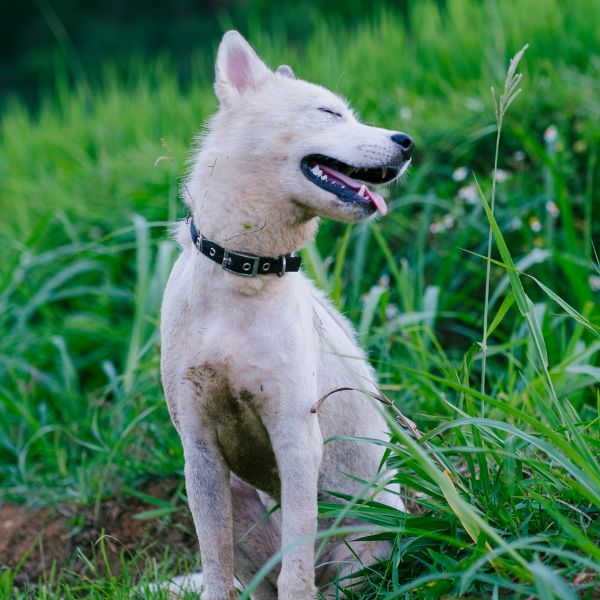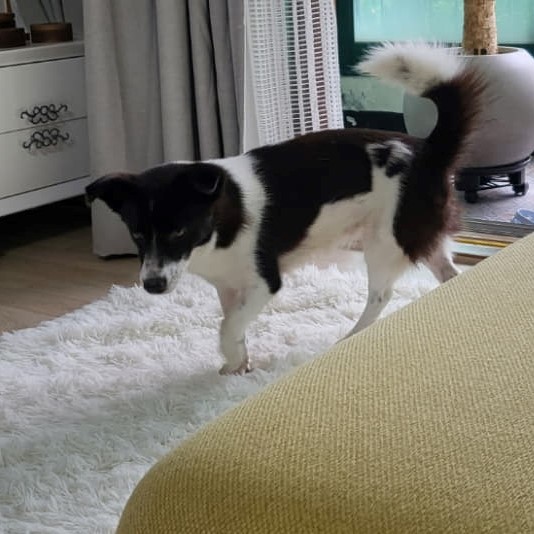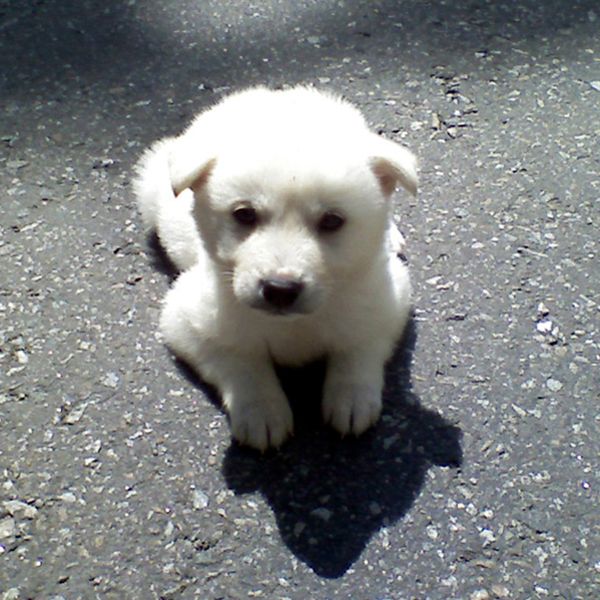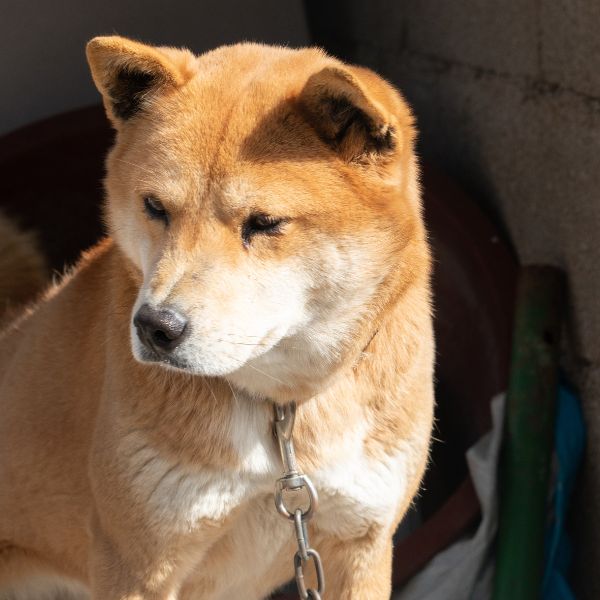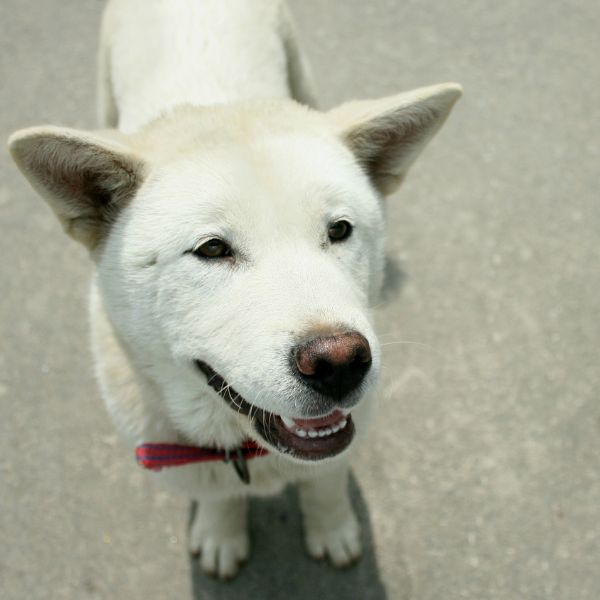Pungsans – The alpine dog of North Korea.
| size | 50~60cm |
|---|---|
| weight | 20∼27kg |
| The color of the body | White, Gray, Red, Brown, Black |
| Distribution Area | North Korea, South Korea |
History of Pungsans: The Alpine Dog of North Korea
The Pungsan dog, also known as the Pungsan hunting dog, is a breed that originated in the high alpine provinces of North Korea. These regions are characterized by elevations ranging from 700 to 2,000 meters above sea level. Pungsans are considered a landrace breed and are closely related to the South Korean Jindo and Nureongi breeds.
Origins and Adaptations
The Pungsan dog evolved and developed in response to the harsh cold winters of the mountainous plateau. Over time, they grew stronger and larger to better cope with the below-freezing temperatures. Their physical characteristics, including their thick double coat, helped them withstand the extreme weather conditions prevalent in their native regions.
Historical Roles
Pungsan dogs have a long history of being well adapted to the alpine regions where they have resided for generations. They were primarily used for hunting large prey such as boar and for guarding livestock on farms, protecting them from predators like tigers. Additionally, they were employed as military dogs to defend the mountainous plateau against potential invaders.
Preservation and Recognition
After the defeat of Japan and the liberation of Korea at the end of World War II, the North Korean authorities took measures to protect and breed the Pungsan dog. This helped ensure the preservation of the breed and its distinctive characteristics. The Pungsans’ reputation as loyal and brave dogs caught international attention during the 2000 North-South summit when North Korean leader Kim Jong-il gifted a pair of Pungsans to South Korea’s President. The female Pungsan was pregnant, and shortly after the ceremony, she gave birth to a large litter of puppies.
Physical Appearance
Pungsan males typically stand 50 to 60 cm tall and weigh between 20 to 27 kg, while females are slightly smaller, measuring around 5 cm shorter and weighing 3-4 kg less compared to a typical Jindo. The larger size of Pungsans allows them to tolerate the harsh winter climate of the alpine regions better. However, they are less well adapted to the heat of the summer months. These dogs are known for their fit and strong build, and they particularly enjoy playing on slopes in mountainous areas. Consequently, they require ample exercise, especially during colder months.
Coat and Colors
Pungsans have a double coat consisting of a dense and thick outer coat and a softer, shorter inner coat. The hairs on their tail are longer and softer compared to the rest of their body. These dogs undergo two molting seasons each year, during which they shed a significant amount of hair. In terms of color, Pungsans can be predominantly white, while some may have a yellow or noodle sorrel hue.
Personality and Care
Pungsans are known for their intelligence, bravery, and agility. They are often raised as guard dogs due to their protective instincts. While their temperament is generally calm, they are prepared to fight ferociously when hunting or when they perceive a threat. As highly active dogs, Pungsans require regular walks and playtime. When properly socialized, they tend to get along well with other dogs and are very sociable.
Conclusion
In conclusion, the Pungsan dog is a unique breed with a rich history rooted in the alpine regions of North Korea. Their adaptations to the harsh climate and their versatile roles as hunters, guards, and military dogs have made them an integral part of the region’s cultural heritage. Their distinctive appearance, intelligence, and active nature contribute to their appeal as pets and companions.
